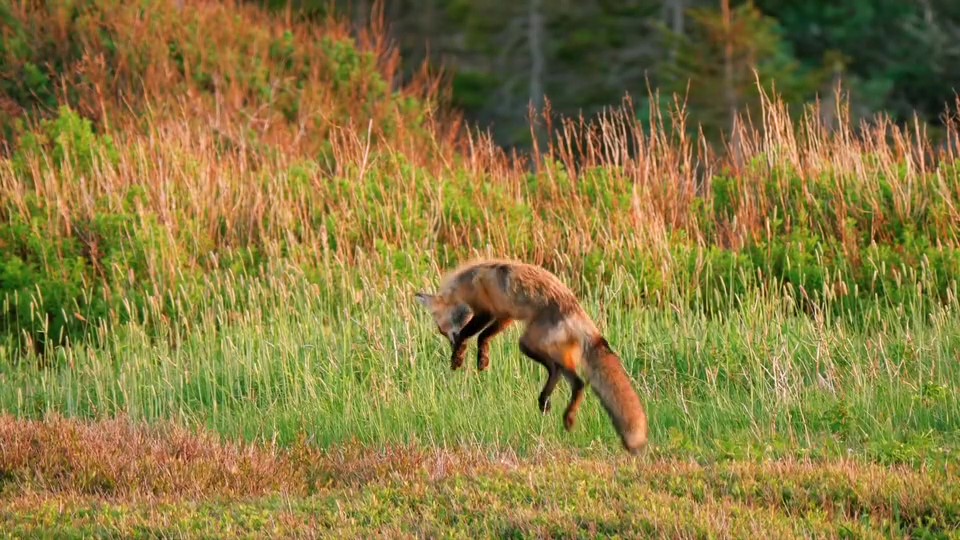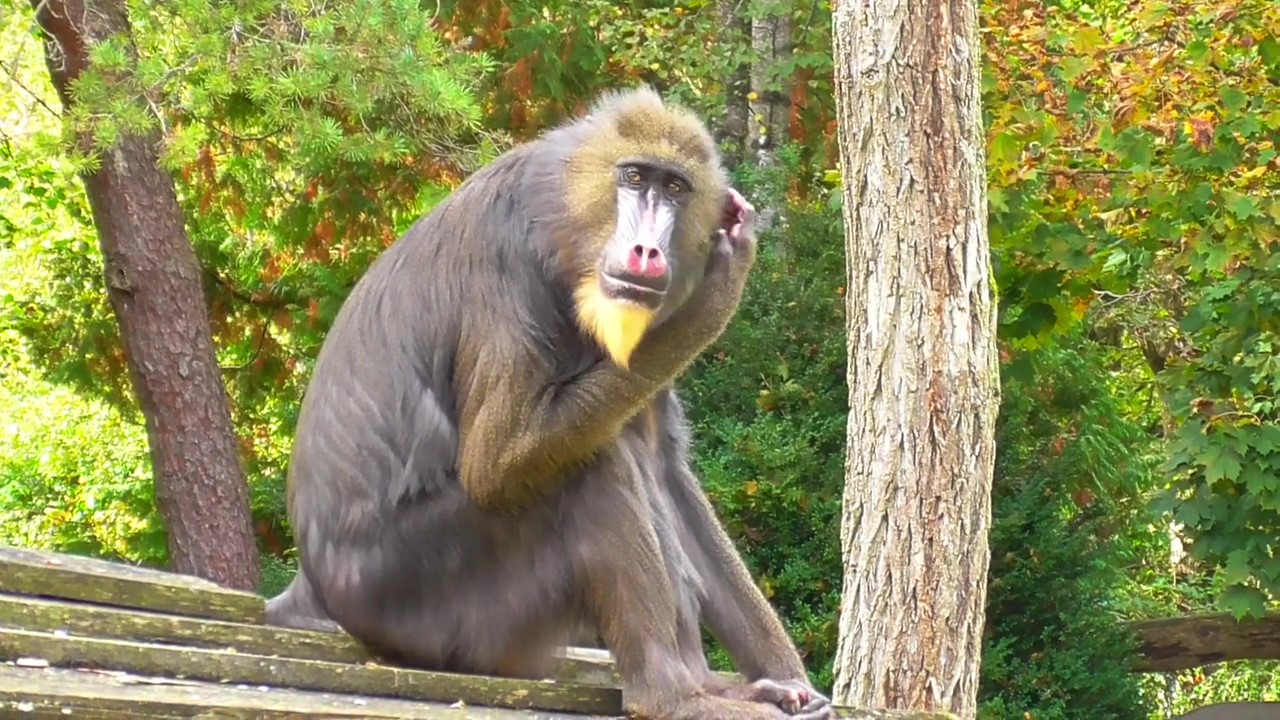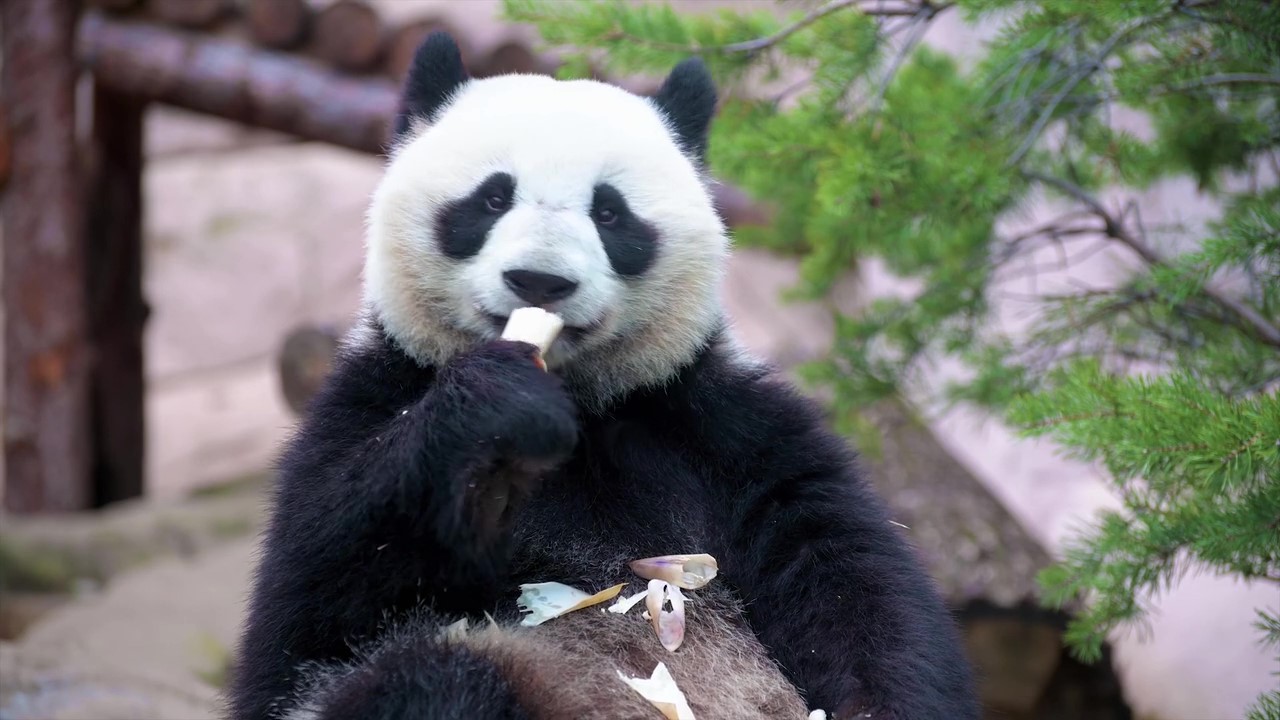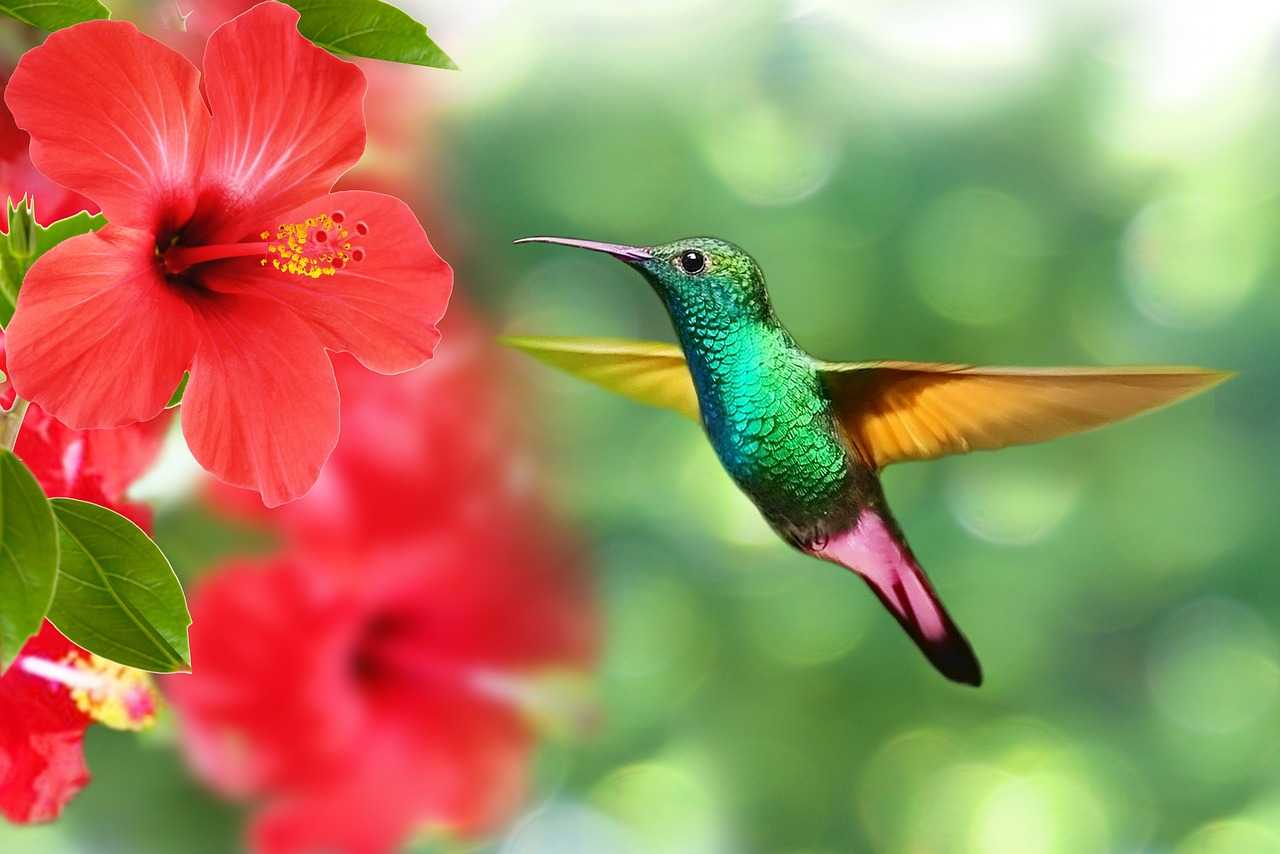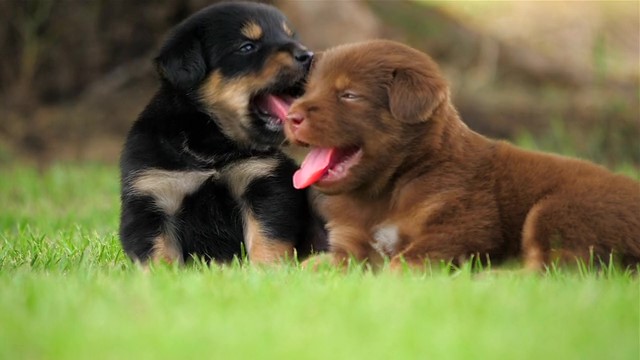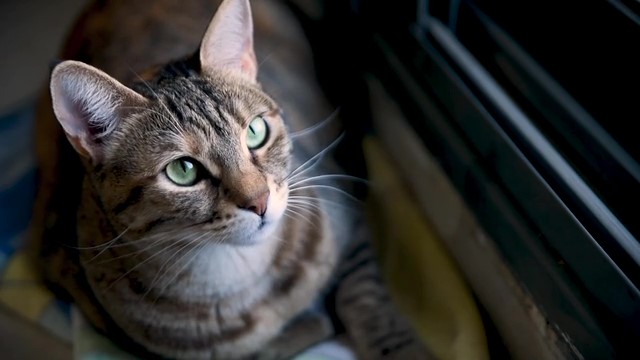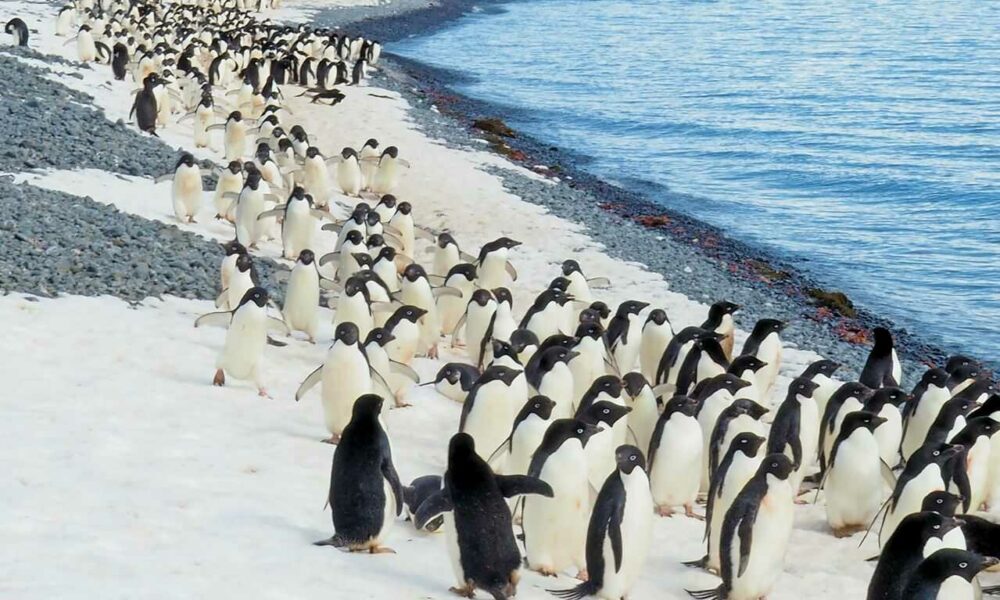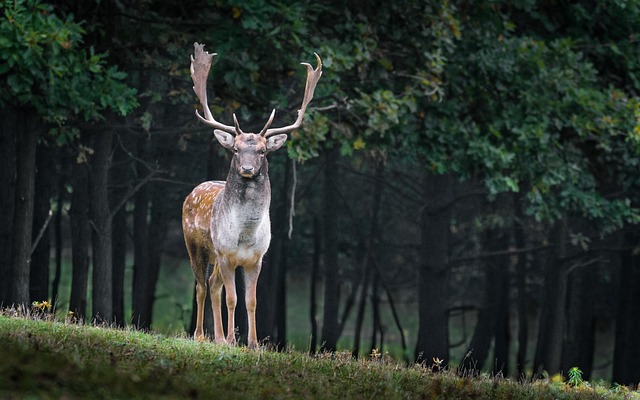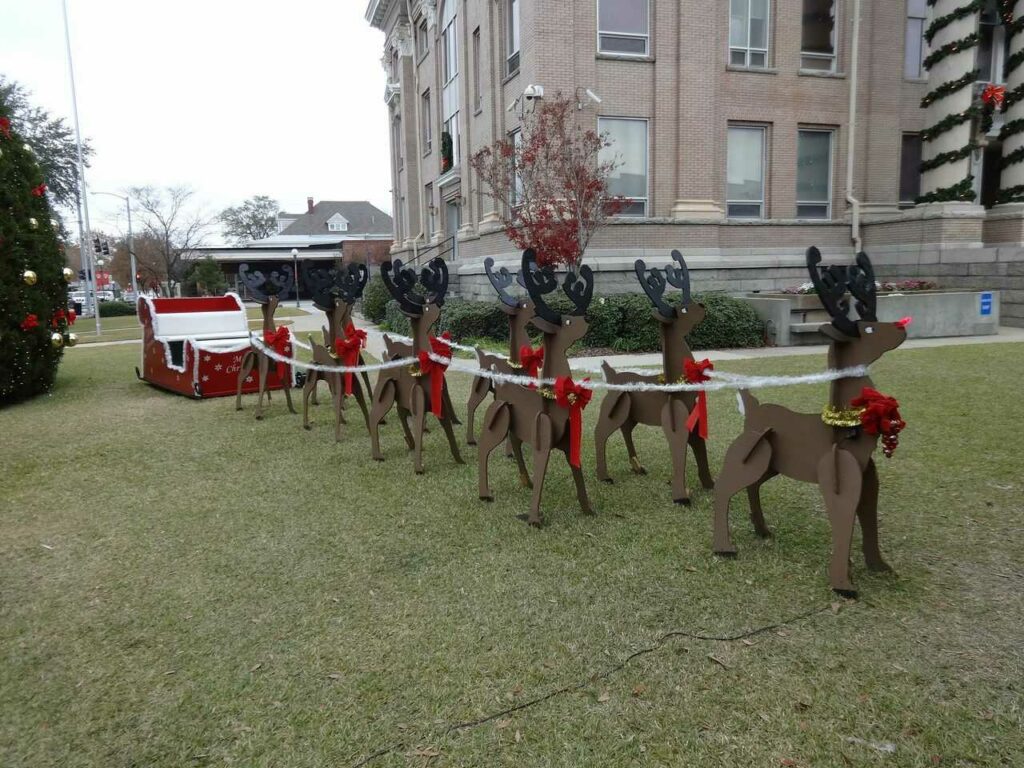
Reindeer
Reindeer
Reindeer
The reindeer that comes with Santa Claus on Christmas is a favorite character of children all over the world. But how much do you know about the animal reindeer? It seems that you know, but when you think about it, there seems to be a lot of things you don't know. Let's find out about the animal reindeer and the reindeer that carry Santa Claus on board!
Reindeer Basic Infomation

Scientific name:rangifer tarandus
Mammalia-Cetartiodactyla-Ruminantia-Cervidae-Reindeer genus. Length:120cm–220cm shoulder height:90cm–150cm Length:60kg–300kg.
Reindeer have thick fur to protect themselves from the cold. This fur has excellent insulation properties because the inside is hollow. Unlike cows and deer, reindeer have hair growing at the tip of their nose.
The soles of the reindeer's feet are large in area and hairy, and the hooves are half-moon-shaped and wide and concave, making them suitable for long trips on soft snow. It is also characterized by the sharpening of the edges of the hooves so that deep snow can be dug up.By the way, reindeer have wide soles, so they are also said to be good swimmers. Reindeer and deer are both animals of the deer family, but the big difference between them is that “both males and females have splendid antlers.”Additionally, reindeer antlers have a shovel-shaped part called the “brow tine” which is used not only by males for fighting but also to dig up food such as lichens under the snow.
※Lichens are a group of fungi that live in symbiosis with algae, and they help each other to survive.
Wild reindeer living around the Arctic Circle live in herds. They spend the short summer season in the north, where the snow melts, and as autumn approaches, they move hundreds of kilometers south to seek food and overwinter.
During this migration, the breeding season overlaps. After arriving at their wintering grounds and surviving the winter, they move north again while avoiding the heat of summer and mosquitoes, which are also natural enemies. Females give birth to their young during this northward migration.
Reindeer are polygamous, and the breeding season is from October to November. During the breeding season, the hair on the male’s larynx grows long, and males fight each other for females. The strong male that wins the fight acquires around 5 to 20 females.
Female reindeer have a gestation period of about 8 months and give birth in May or June. The baby weighs between 3 and 12 kg. It is common for only one baby to be born, and twins are rare.
Reindeer babies can stand up within minutes of being born and can move with their mothers the next day. They are fed with milk for about a month after birth, but they start eating grass after about a month and a half.
After about a year, they grow to be as big as their parents, and both males and females can reproduce after about two years.
Reindeer’s natural enemies include wolves, brown bears, and wolverines. The lifespan of a healthy reindeer is about 15-18 years (22 years in captivity).
The relationship between humans and reindeer is ancient, and wild reindeer have been an important hunting target for people living in the north for over 20,000 years. Even today, people in many parts of the northern hemisphere hunt wild reindeer.
It is believed that attempts to domesticate reindeer were made more than 7,000 years ago in southern Siberia. Nowadays, reindeer are raised for their meat and milk in northern Scandinavia, Finland, Siberia, northern Mongolia, Greenland, Alaska in the United States, and Canada. Reindeer are important animals for people living in the north mainly in the following ways.
①Reindeer are an important food. Reindeer meat and offal are used as ingredients in various dishes. In addition, reindeer milk is also drunk.
②Reindeer fur is warm. For people living in cold regions, reindeer fur is a valuable material that provides warmth. It is used for cold weather jackets, boots, and tent covers. In addition to being used for handicrafts, reindeer antlers are also used as a material for medicine.
③Reindeer can carry luggage and carry people. Reindeer have played an important role as excellent pack animals in extremely cold regions, pulling sleds and carrying people. Their hooves are wide, allowing them to run on snow without sinking too deeply.
Reindeer Q&A

Features of the reindeer body.
Reindeer have thick fur to protect themselves from the cold. This fur has excellent insulation properties because the inside is hollow. Unlike cows and deer, reindeer have hair growing at the tip of their nose.
The soles of the reindeer's feet are large in area and hairy, and the hooves are half-moon-shaped and wide and concave, making them suitable for long trips on soft snow. It is also characterized by the sharpening of the edges of the hooves so that deep snow can be dug up.By the way, reindeer have wide soles, so they are also said to be good swimmers. Reindeer and deer are both animals of the deer family, but the big difference between them is that “both males and females have splendid antlers.”Additionally, reindeer antlers have a shovel-shaped part called the “brow tine” which is used not only by males for fighting but also to dig up food such as lichens under the snow.
※Lichens are a group of fungi that live in symbiosis with algae, and they help each other to survive.
Wild reindeer living around the Arctic Circle live in herds. They spend the short summer season in the north, where the snow melts, and as autumn approaches, they move hundreds of kilometers south to seek food and overwinter.
During this migration, the breeding season overlaps. After arriving at their wintering grounds and surviving the winter, they move north again while avoiding the heat of summer and mosquitoes, which are also natural enemies. Females give birth to their young during this northward migration.

Reindeer childbirth and parenting.
Reindeer are polygamous, and the breeding season is from October to November. During the breeding season, the hair on the male’s larynx grows long, and males fight each other for females. The strong male that wins the fight acquires around 5 to 20 females.
Female reindeer have a gestation period of about 8 months and give birth in May or June. The baby weighs between 3 and 12 kg. It is common for only one baby to be born, and twins are rare.
Reindeer babies can stand up within minutes of being born and can move with their mothers the next day. They are fed with milk for about a month after birth, but they start eating grass after about a month and a half.
After about a year, they grow to be as big as their parents, and both males and females can reproduce after about two years.

Natural enemies and lifespan of reindeer.
Reindeer’s natural enemies include wolves, brown bears, and wolverines. The lifespan of a healthy reindeer is about 15-18 years (22 years in captivity).

The relationship between reindeer and humans.
The relationship between humans and reindeer is ancient, and wild reindeer have been an important hunting target for people living in the north for over 20,000 years. Even today, people in many parts of the northern hemisphere hunt wild reindeer.
It is believed that attempts to domesticate reindeer were made more than 7,000 years ago in southern Siberia. Nowadays, reindeer are raised for their meat and milk in northern Scandinavia, Finland, Siberia, northern Mongolia, Greenland, Alaska in the United States, and Canada. Reindeer are important animals for people living in the north mainly in the following ways.
①Reindeer are an important food. Reindeer meat and offal are used as ingredients in various dishes. In addition, reindeer milk is also drunk.
②Reindeer fur is warm. For people living in cold regions, reindeer fur is a valuable material that provides warmth. It is used for cold weather jackets, boots, and tent covers. In addition to being used for handicrafts, reindeer antlers are also used as a material for medicine.
③Reindeer can carry luggage and carry people. Reindeer have played an important role as excellent pack animals in extremely cold regions, pulling sleds and carrying people. Their hooves are wide, allowing them to run on snow without sinking too deeply.

Where does the reindeer get its name?
In English, it is called "reindeer", but in fact, in the case of the Japanese name, it is called "tonakai". This time, we will introduce the origin of both English and Japanese names.
First of all, the origin of the Japanese name is thought to come from the Ainu name "tunakay". The Ainu word "tunakay" is actually a loanword from the languages of northern peoples, isn't it? It is said that. Next, regarding the origin of the English name, reindeer comes from the noun rein, the verb rein, and is thought to mean "deer with leather leash" or "deer that rules".
By the way, in North America, reindeer are called "caribou". Caribou is derived from a Native American word and means "a beast that shovels snow in search of food".

What do reindeer eat?
Wild reindeer are herbivorous omnivores. In the summer, they eat grass, leaves, berries, mushrooms, and insects. In winter, they dig through the snow to eat lichens that grow underneath. When they finish eating all the food in an area, they move to a new location to find more food.

Why do reindeer live there?
Reindeer have adapted to the extremely cold environment of the Arctic Circle with their body structure, fur that has excellent insulation properties, and hooves that can run quickly on snow. However, they are not resistant to heat. The places where wild reindeer live have food such as tundra moss and lichens that reindeer eat.
In addition, domesticated reindeer still live in Siberia, northern Scandinavia, Alaska, Canada, and other places where ethnic groups that domesticated reindeer live.

Do baby reindeer also have antlers?
Reindeer babies begin to grow meat stems at 7-10 days old and their antlers start growing at around 4-6 weeks old. The antlers of a reindeer in its first year of life are not yet branched. As they grow, the antlers branch out and become splendid.

What is the condition of the newly grown antlers of a reindeer?
Deer, including reindeer and moose, shed their antlers every year and grow new ones. The new antlers are covered with skin that has fine hair.
These hair-covered antlers are called “velvet antlers,” and there are blood vessels inside the skin that supply nutrients to help the antlers grow. A hard bony substance like bone is formed inside the antlers.
Eventually, when the antlers are fully grown, the blood flow stops, and the outer skin dies and dries out. When it is dry enough, deer rub their antlers against tree branches to remove the old skin and reveal the white “branch antlers.”

When do reindeer antlers grow anew?
The antlers of male reindeer become “branch antlers” when the velvet covering them is shed in September. The antlers then fall off between November and January and begin to grow again 1-2 months later. However, the antlers of female reindeer do not fall off even in winter and fall off around March to May.

Why do reindeer have antlers in females?
Male deer usually use their antlers to fight for females during the breeding season. Similarly, male reindeer shed their antlers after the breeding season is over. However, reindeer antlers are not only used for fighting. They are also used to dig through snow to obtain food.
In particular, female reindeer carrying babies in their bellies during winter need to dig through snow with their antlers to obtain food and nutrients. It is said that antlers may have evolved for this purpose.
It is speculated that the reason why female antlers do not fall out during the winter gestation period and grow back after giving birth is because they eat the food buried under the snow before anyone else. Reindeer antlers are amazing!

Is it true that reindeer can swim?
It's true.
Surprisingly, reindeer can swim at a speed of 11 km / h.By the way, it is said that the speed of running reindeer is 50 ~ 80 km / h, and it seems that it is as fast as a car. The reindeer pulling Santa Claus' sled are running at the speed of a car.

Do reindeer noses really glow red?
Do you know the Christmas song called ‘Rudolph the Red-Nosed Reindeer’? The reindeer in this song is said to have a ‘red nose’, but I’m curious about what color the nose of a real reindeer is!
To sum it up, the color of a reindeer’s nose is black or a mixture of white hair and black. However, in 2012, a fascinating paper on the red nose of reindeer was published by a joint research team from the Netherlands and Norway.
According to that paper, it was found that the number of capillaries in a reindeer’s nose is high, and the density of blood vessels is 25% higher than that of humans. The reindeer’s nose plays an important role in regulating brain temperature, and when viewed with an infrared camera, it was confirmed that the nose of a reindeer is actually red.
However, even if it appears red, it seems that the nose is not bright red like the one that glows in the Christmas song, but rather “appears slightly red.

The actual reindeer are not bright red glowing noses, so why was such a song possible?
In fact, the Christmas song "Rudolph the Red-Nosed Reindeer" has an original story.
The protagonist, Rudolph the reindeer, had a shiny red nose that was different from everyone else’s, and he was always laughed at and left out of the group. However, on one Christmas Eve, Santa Claus was in trouble because of the thick fog and couldn’t see anything. So he asked Rudolph to light the way with his nose and guide him.
Rudolph lit up the area with his shiny red nose, and Santa was able to deliver presents safely. Even the reindeer who used to laugh at Rudolph were delighted . Since then, on foggy Christmas nights, Rudolph with his red nose has been guiding Santa Claus. Author Robert L. May came up with this story when he heard a daughter whose mother was sick and sleeping, asking, "Why is mom different from other moms?"The message that May wanted to convey to her daughter, "Even if you are different from others, all the lives created by God will be happy someday" is still alive with the red-nosed reindeer.

How many reindeer are there pulling Santa Claus' sleigh?
According to the poem “A Visit from St. Nicholas” by the New York theologian Moore, Santa Claus calls his eight reindeer by the names "Dasher, Dancer, Prancer, Vixen, Comet, Cupid, Donner, and Blitzen."This implies that Santa’s sleigh is pulled by eight reindeer. However, Rudolph the Red-Nosed Reindeer is also included in the list of Santa’s reindeer, making it a total of nine

Is there a place to see reindeer in Japan?
In Japan you can meet reindeer in the following zoos.
※All URLs are Japanese sites.
・Kushiro City Zoo (Hokkaido) https://www.city.kushiro.lg.jp/zoo/
・Horono Beetodeer Tourist Farm (Hokkaido) http://tonakai-farm.com/
・Akita Municipal Omoriyama Zoo Mirve (Akita) https://www.city.akita.lg.jp/zoo/
・Nasu Animal Kingdom (Tochigi) https://www.nasu-oukoku.com/
・Tama Zoological Park (Tokyo) https://www.tokyo-zoo.net/zoo/tama/
・Hamura City Zoological Park (Tokyo) http://www.t-net.ne.jp/~hamura-z/
・Suzaka City Zoo (Nagano) https://www.suzaka-kankokyokai.jp/contents/midokoro/19.html
・Higashiyama Zoo and Botanical Garden (Nagoya) http://www.higashiyama.city.nagoya.jp/
The reindeer you can see at the zoo, the reindeer living in the distant Arctic Circle, and the reindeer running in the sky with Santa Claus are all wonderful. There are many zoos all over the country where you can meet reindeer, so be sure to go see them.

Would you like to become a part of the 'Animalbook.jp'?
Turn your knowledge into Q&A and share it with the world. ※Publication will be activated after purchase. Let's share information together!
Reindeer Type of List

- Reindeer
Information
Congratulations! You are the first commenter!

Would you like to leave a comment?
※Please note: This is for the purchase of rights to post comments within the article.

Find Your Favorites!
Our shop offers a unique and attractive selection of goods themed around various animals.
Reindeer References

- 動物大百科(第10巻・家畜) 平凡社 1087年 98-99頁 ルドルフ 赤い鼻のトナカイ 子どもの未来社 2020年
- Wikipedia https://ja.wikipedia.org/wiki/トナカイ
- 釧路動物園 https://www.city.kushiro.lg.jp/zoo/shoukai/0041.html
- 行こうよグリーンランド https://ikouyo-greenland.com/column/0036/
- 東山動物園オフィシャルブロブ トナカイの名前あれこれ http://www.higashiyama.city.nagoya.jp/blog/2009/12/post-3124.html
- 三省堂言葉のコラム トナカイ群の季節移動 https://dictionary.sanseido-publ.co.jp/column/field_linguistics_siberia06
- 釧路市 釧路動物園ホームページ https://www.city.kushiro.lg.jp/zoo/shoukai/0041.html
- PRESIDENT Online
- CNN トナカイの鼻はなぜ赤い? 鼻の重要な役割を科学で解明 https://www.cnn.co.jp/fringe/35026192.html
- 行列のできる情報館 https://informationnow.xyz/archives/14903.html
- 那須どうぶつ王国オフィシャルブログ https://www.nasu-oukoku.com/official-blog/2019/09/post-58.html
- ウエブ子育てカフェ zooたん 大18回トナカイ https://kosodatecafe.jp/zoo/515/
- Sankei Biz×SANKEI EXPRESS アラスカの大地から http://www.sankeibiz.jp/express/news/141013/exh1410131650002-n2.htm
Reindeer Introduction of media used
出典:https://pixabay.com/videos/id-3350/

出典:https://unsplash.com/photos/SuFAVOZPjh4

出典:https://unsplash.com/photos/WIp-AJzQ8WQ
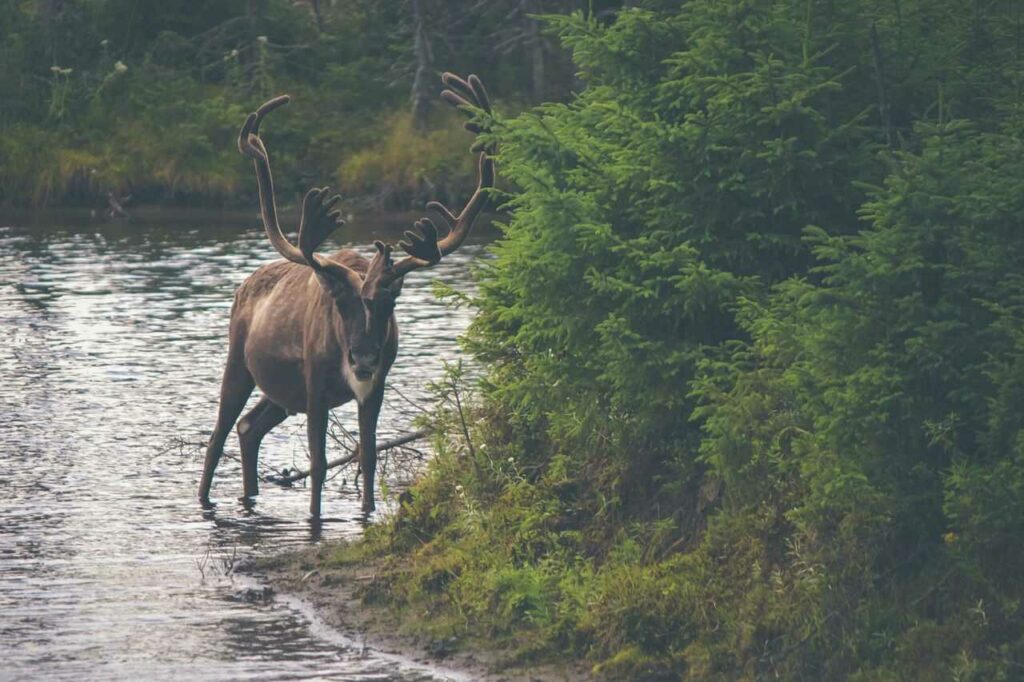
出典:https://unsplash.com/photos/34mvN5nt1ls
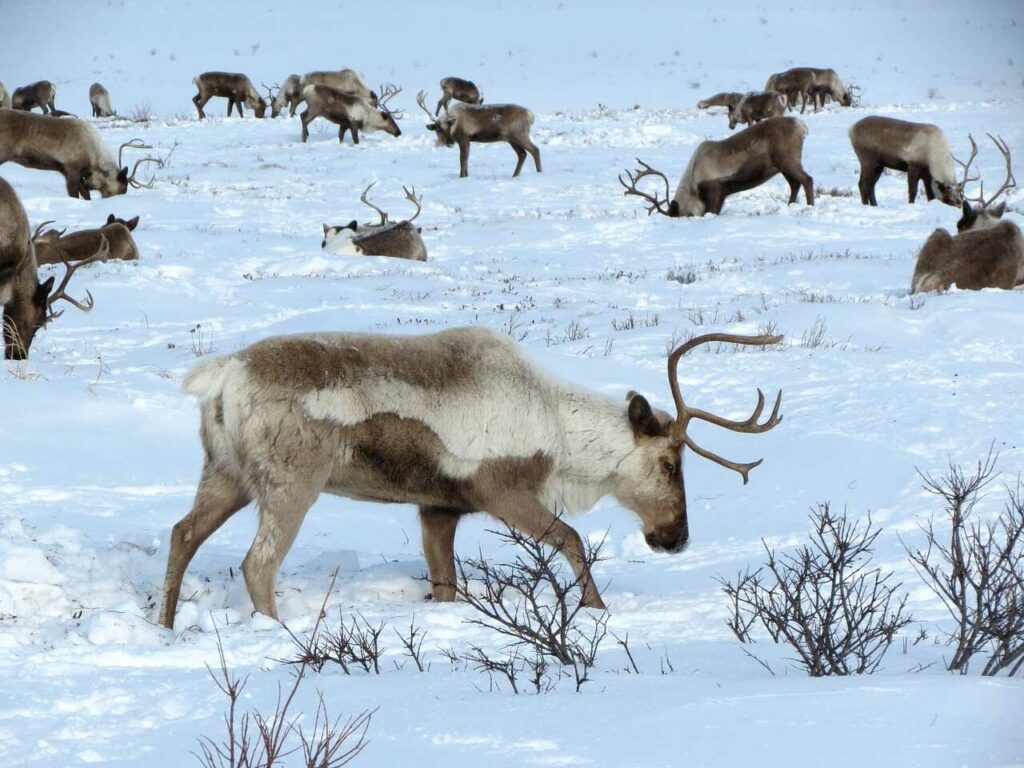
出典:https://pixabay.com/images/id-2524817/

出典:https://pixabay.com/images/id-2524821/

出典:https://unsplash.com/photos/3NoxefgvKfQ

出典:https://unsplash.com/photos/N5Lm9iP5va0

enemy
出典:https://pixabay.com/images/id-2106894/
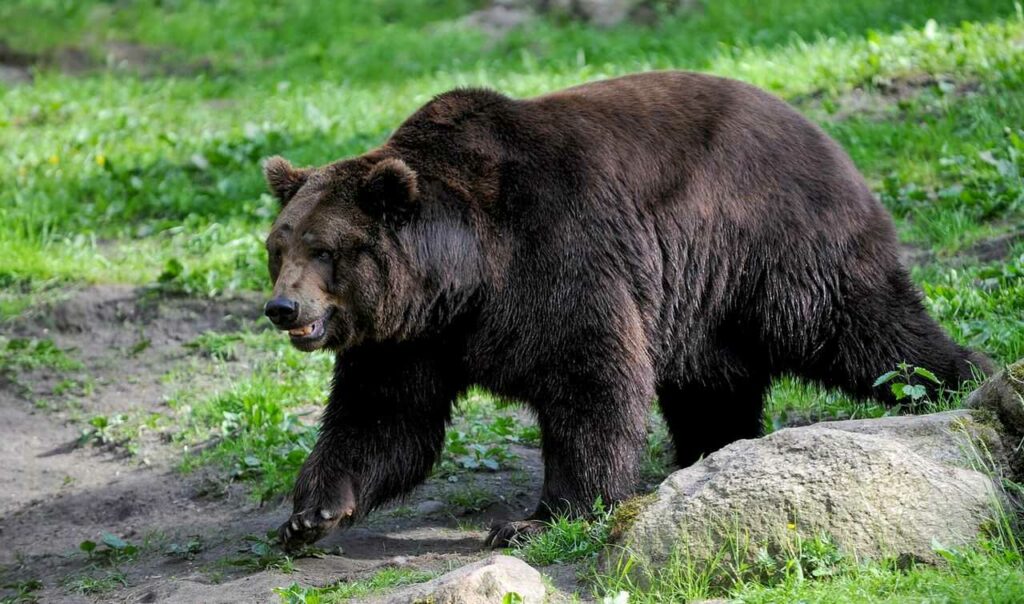
enemy
出典:https://pixabay.com/images/id-4859243/
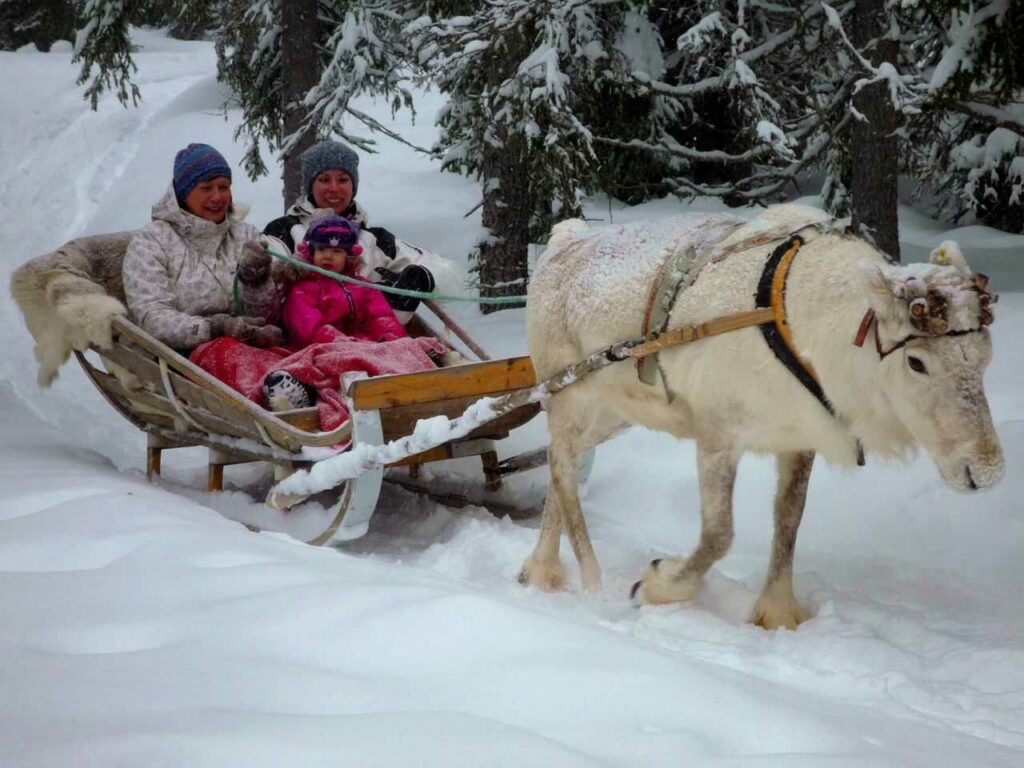
出典:https://commons.wikimedia.org/wiki/File:Reindeer_Ride.jpg
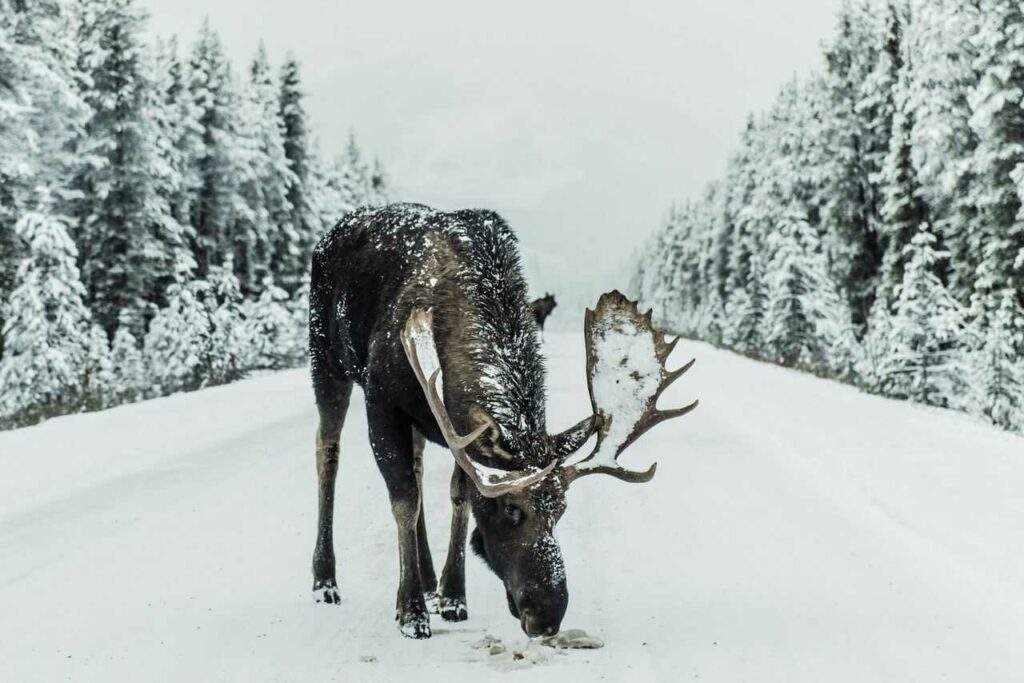
出典:https://unsplash.com/photos/XIqCrFOqf5A

出典:https://unsplash.com/photos/W7bhwI5STKQ
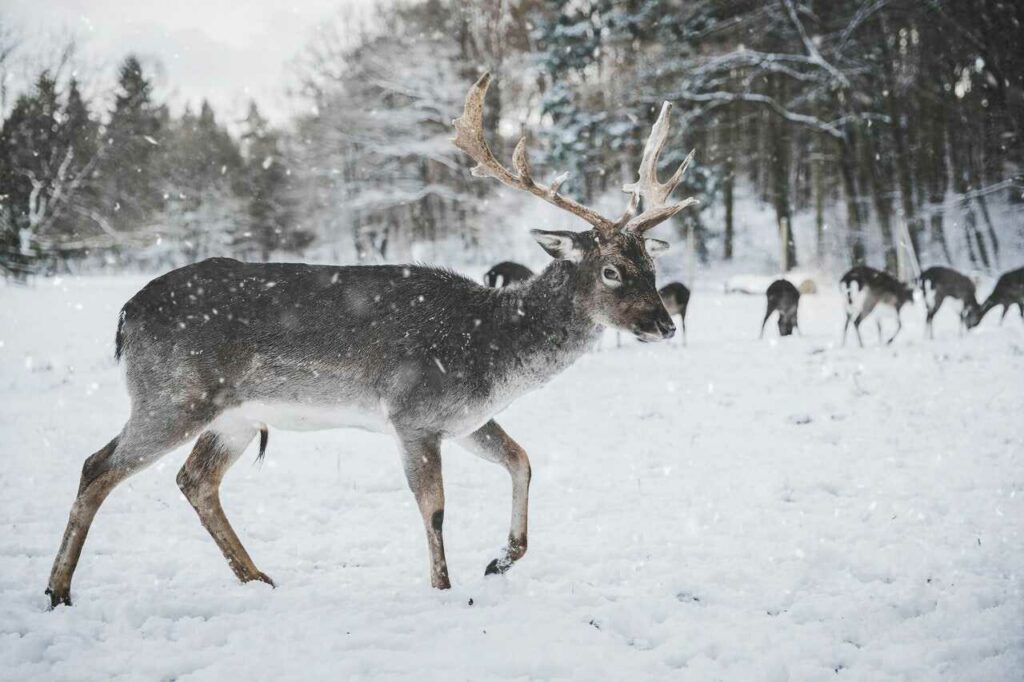
出典:https://www.pexels.com/ja-jp/photo/735988/
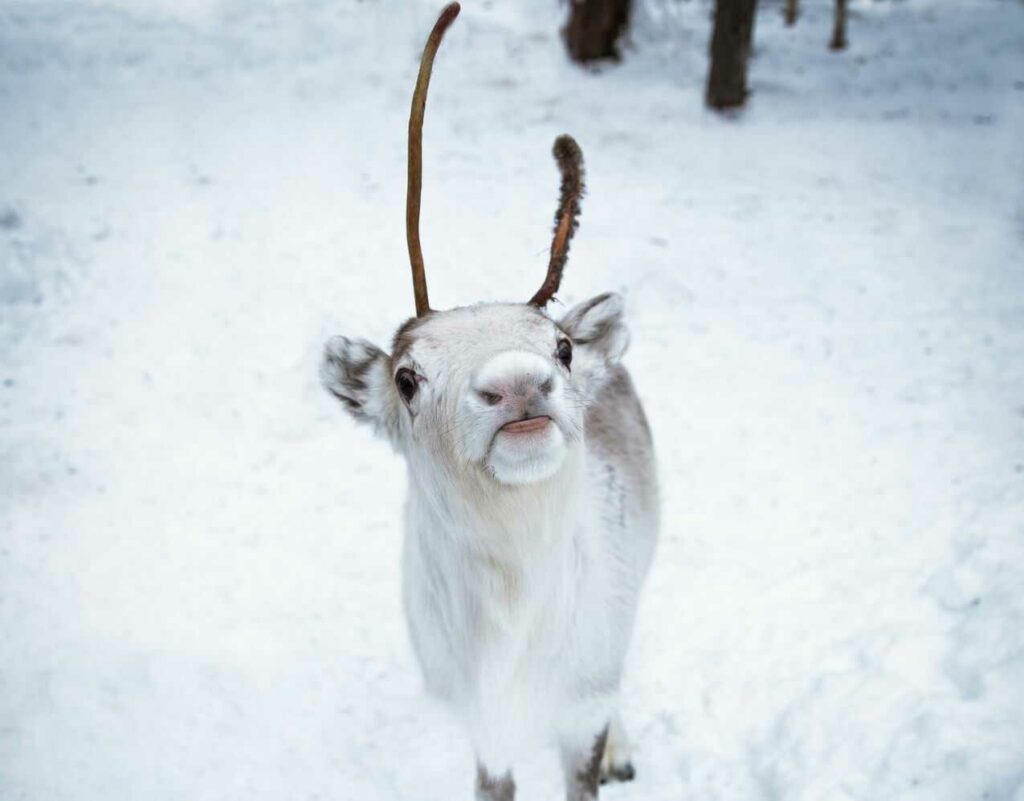
出典:https://unsplash.com/photos/n0AijJ0ZaDA
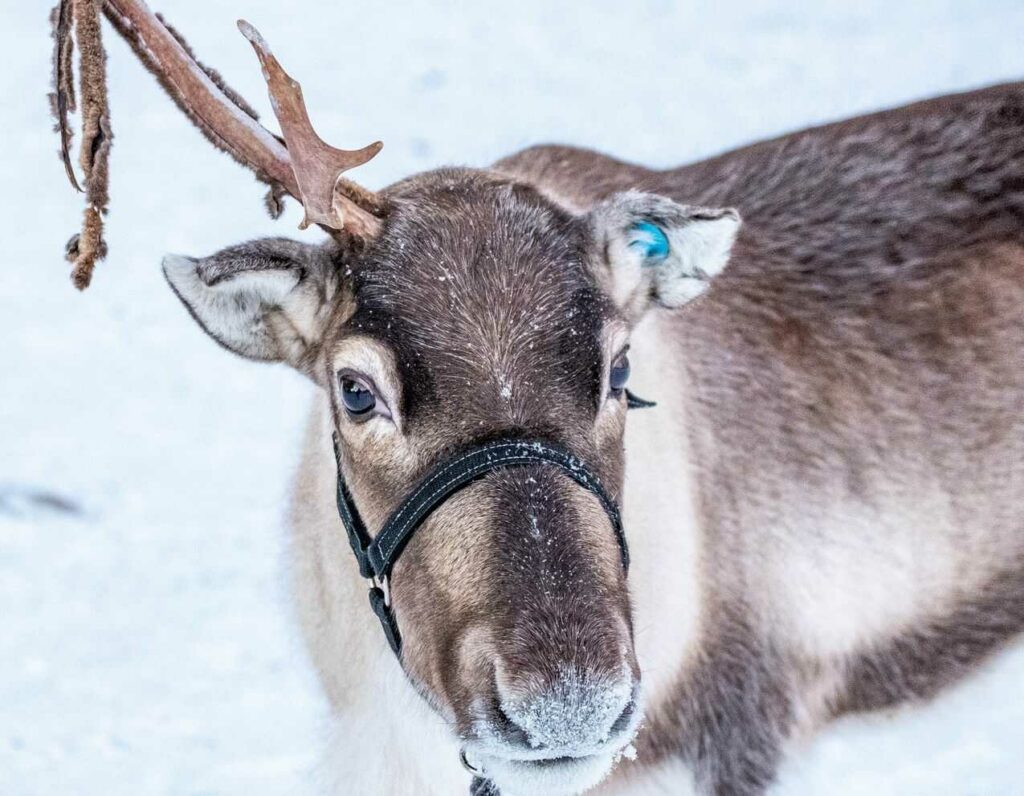
出典:https://unsplash.com/photos/BXwQo-b3joc
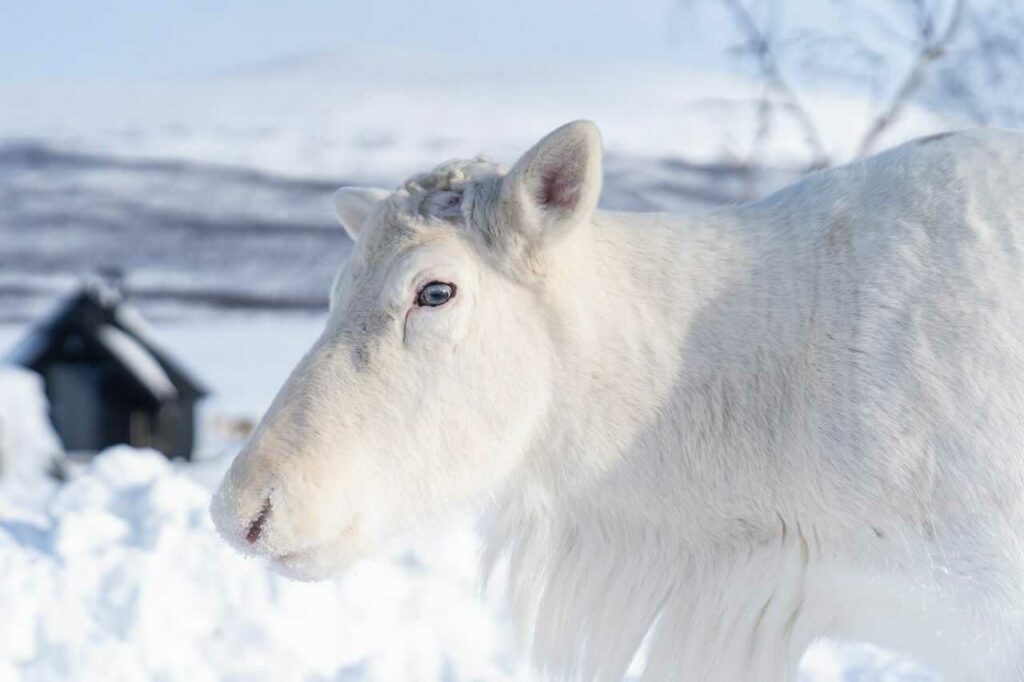
出典:https://unsplash.com/photos/pZ51FANWTsg

出典:https://unsplash.com/photos/LKwo0PfwSTs
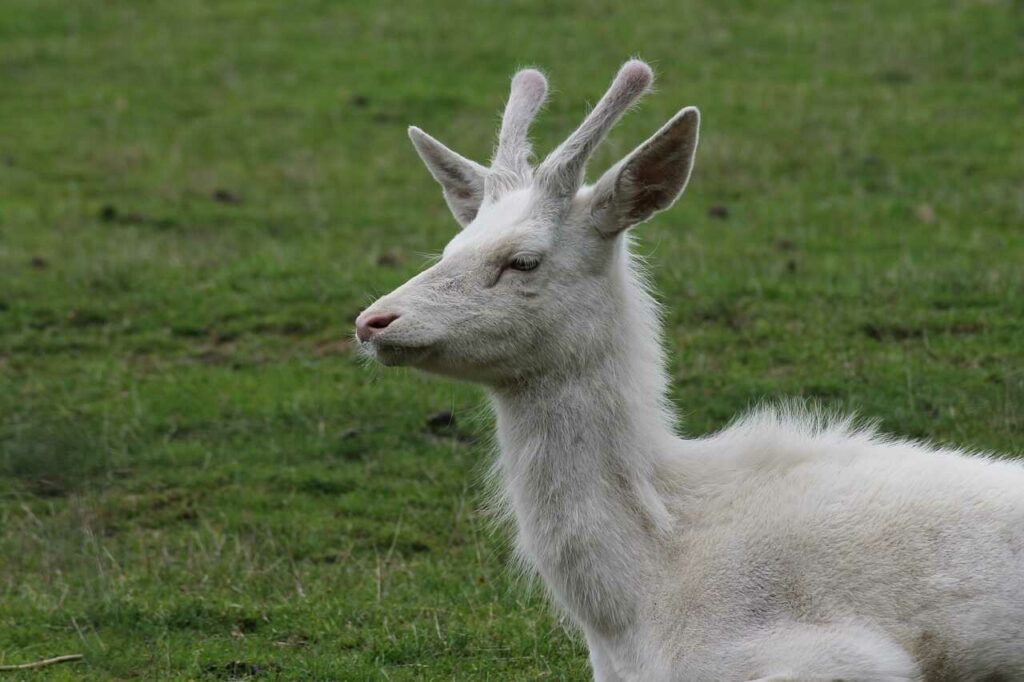
出典:https://pixabay.com/images/id-4540462/
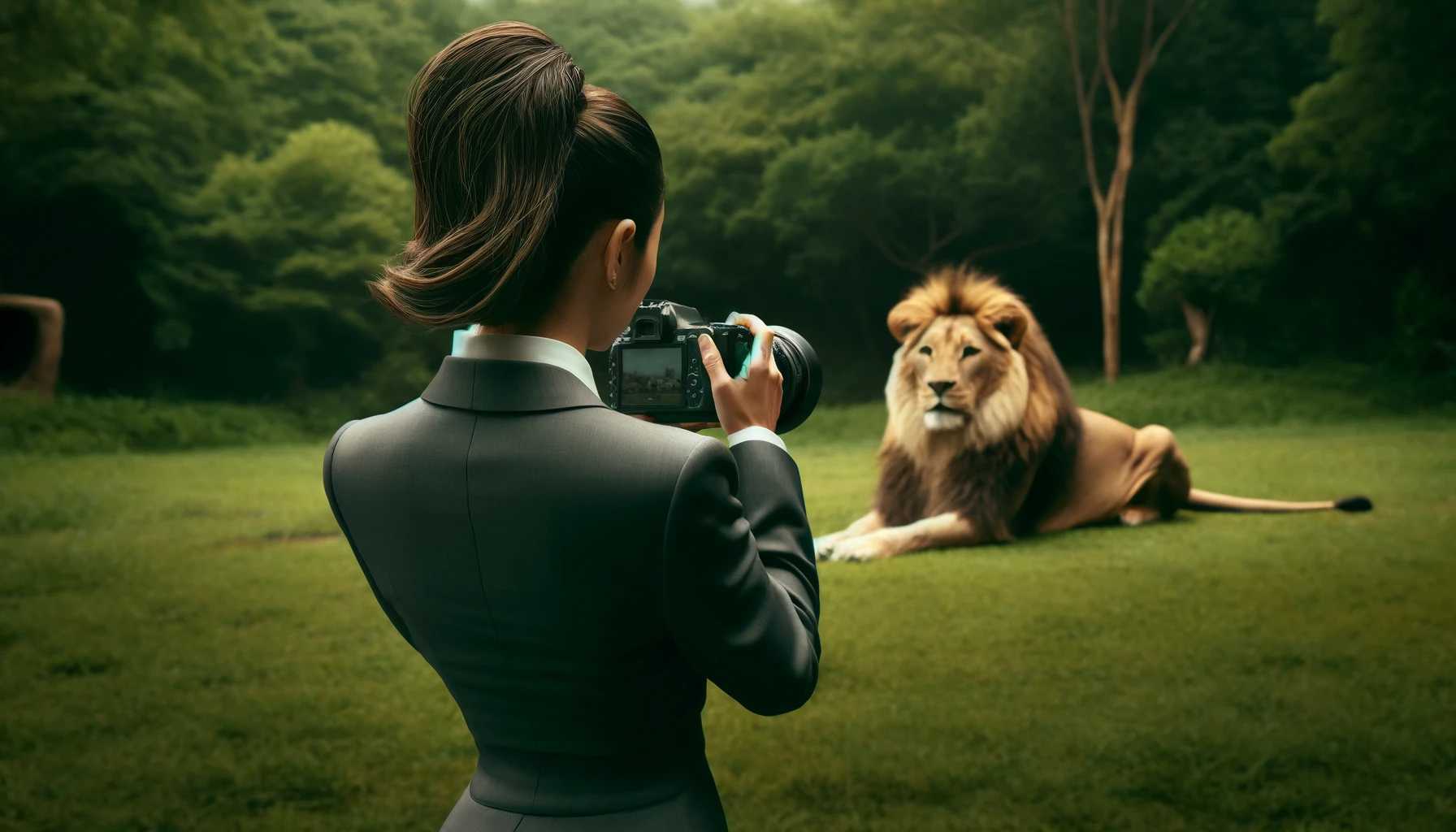
Help Enrich Our Animalbook.jp with Your Media!
We are constantly looking to expand and enrich our Animalbook.jp with amazing photos and videos of animals. If you have any media that you'd like to share, please contribute and help us showcase the beauty and diversity of the animal kingdom. Your submissions will be credited and featured in our encyclopedia, reaching a wide audience of animal lovers.

